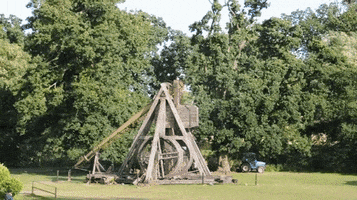You're conflating 2 different things. Yes, obviously, the center of a nuclear blast would not 'burn' in a traditional sense. However, that material does not simply cease to exist. It is blasted apart into elemental particles, and energy.Xenophon wrote:GrumpyCatFace wrote:No one is even discussing the heat generated by the explosions - you're not even bothering to read the source, so we can't possibly argue in good faith.
If you're interested, the information is there.Given the article I posted from the DoD, there would be no firestorm at the extent these scientists seem to believe. They are operating under the false assumption that nuclear bombs are incendiary weapons, which they are not. The majority of the damage comes from the heat generated due to the release of energy, as well as the kinetic energy exploding out from the apex. This has been public knowledge since at least the 70s, but no one reads, evidently.limited, regional nuclear war between India and Pakistan in which each side detonates 50 15 kt weapons could produce about 5 Tg of black carbon (BC). This would self-loft to the stratosphere, where it would spread globally, producing a sudden drop in surface temperatures and intense heating of the stratosphere.
They are using climate models to determine what a nuclear explosion would do. If a supervolcano exploded, that would be what covers the stratosphere in black carbon and what would usher in a volcanic winter. A nuclear weapon behaves differently. They start with a false assumption, and connect the dots from there. If they researched how a nuclear weapon worked, rather than making assumptions, I'd give the article more credence.
Another gem:
There would be no significant firestorm in this scenario. They're making stuff up.Even the smallest of nuclear weapons, such as the ∼15 kt weapon used on Hiroshima, exploding in modern megacities would produce firestorms that would build for hours, consuming buildings, vegetation, roads, fuel depots, and other infrastructure, releasing energy many times that of the weapon's yield
Surrounding areas would be simply blown apart from the blast wave, and burn accordingly - while being bathed in radiation, of course. That material is the main concern here. Similar to a 'nuclear winter' scenario from an asteroid impact. The millions of tons of material blasted up into the atmosphere spreads across the globe, blocking the sun. There is no difference, outside of the 'vaporization' area - whatever name that carries.
The classic 'mushroom cloud' is not smoke from fires - it's thousands of tons of dirt and particles being lofted into the stratosphere by the force of the blast.

